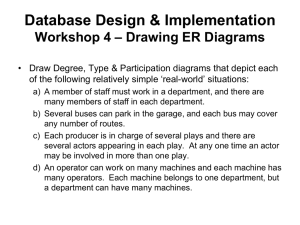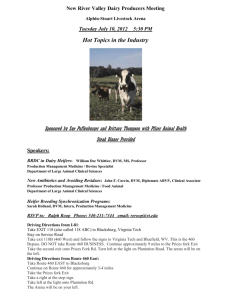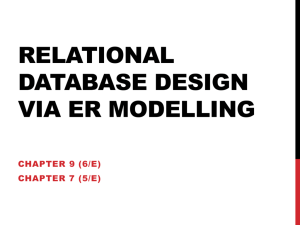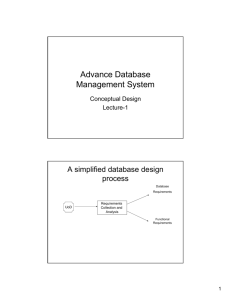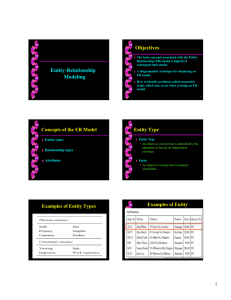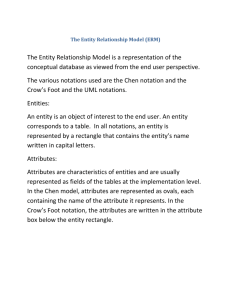Chapter 7 to pp. 306 Create parts: arrival rate 13 minutes, expo
advertisement
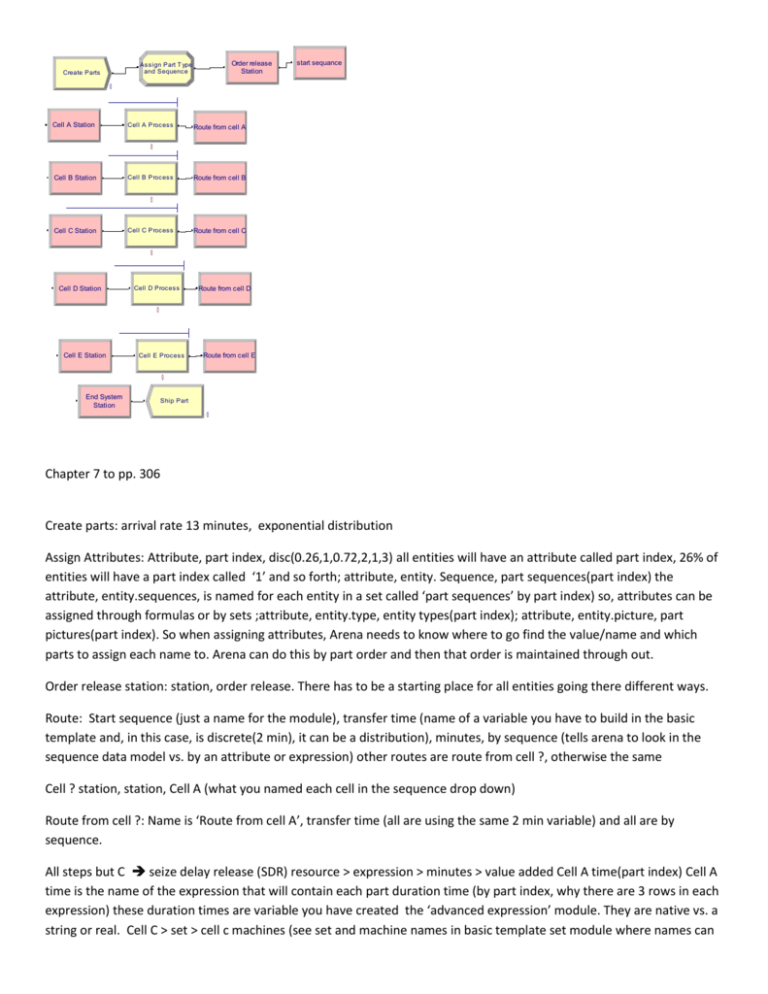
Order release Station Assign Part T ype and Sequence Create Parts start sequance 0 Cell A Station Cell A Process Route from cell A 0 Cell B Station Cell B Process Route from cell B 0 Cell C Station Cell C Process Route from cell C 0 Cell D Station Cell D Process Route from cell D 0 Cell E Station Cell E Process Route from cell E 0 End System Station Ship Part 0 Chapter 7 to pp. 306 Create parts: arrival rate 13 minutes, exponential distribution Assign Attributes: Attribute, part index, disc(0.26,1,0.72,2,1,3) all entities will have an attribute called part index, 26% of entities will have a part index called ‘1’ and so forth; attribute, entity. Sequence, part sequences(part index) the attribute, entity.sequences, is named for each entity in a set called ‘part sequences’ by part index) so, attributes can be assigned through formulas or by sets ;attribute, entity.type, entity types(part index); attribute, entity.picture, part pictures(part index). So when assigning attributes, Arena needs to know where to go find the value/name and which parts to assign each name to. Arena can do this by part order and then that order is maintained through out. Order release station: station, order release. There has to be a starting place for all entities going there different ways. Route: Start sequence (just a name for the module), transfer time (name of a variable you have to build in the basic template and, in this case, is discrete(2 min), it can be a distribution), minutes, by sequence (tells arena to look in the sequence data model vs. by an attribute or expression) other routes are route from cell ?, otherwise the same Cell ? station, station, Cell A (what you named each cell in the sequence drop down) Route from cell ?: Name is ‘Route from cell A’, transfer time (all are using the same 2 min variable) and all are by sequence. All steps but C seize delay release (SDR) resource > expression > minutes > value added Cell A time(part index) Cell A time is the name of the expression that will contain each part duration time (by part index, why there are 3 rows in each expression) these duration times are variable you have created the ‘advanced expression’ module. They are native vs. a string or real. Cell C > set > cell c machines (see set and machine names in basic template set module where names can be given to individuals in a set, order is critical) > preferred order > machine index (to let arena know which machine got selected) > expression > minutes > VA > the expression is ‘process time *speed factor of cell c two machines(machine index)’ process time is an attribute assigned, along with the duration time, by part under each part’s process plan, the duration time is the old machines time, so a variable called ‘speed factor of cell c two machines’ was created in the basic template this variable has two values assigned by which machine was used, since the new machine is listed first because we want it to be used the most, the factor for that machine is listed first, the machine index tells us what machine was used and it can do that because it knows that index 1 is the new machine from looking in the set, Cell C Machines. When building sequence: advanced set>name>other> 3 rows with sequence names, arena will know that the first name goes with the first entity due to the order.>advanced transfer>sequence>by order, put in the sequence names from the advanced set>steps, put in the station names in flow order, give it a name, and under assignments, you can put in the duration time>attribute>give it a name like process time>put in the duration distribution. This last way of assigning process times to entities is not as easy to operationalize as putting the times in an advanced set. You can copy and past the times from excel into the advanced set in one action, for every product. In the sequence method, you have to do one at a time for each machine in each sequence each product; tedious.


